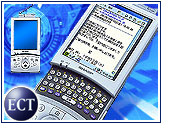
Sharp’s Linux-based SL-6000 — newly introduced in the United States this week and available at major retailers like Amazon.com — offers a full 640×480 VGA screen and integration with IBM enterprise software to connect to remote offices, applications and databases.
Sharp is talking up the new Zaurus SL-6000 as the first handheld “mobile data terminal” to offer a four-inch full native VGA screen, a Linux operating system and a complete Java runtime environment. The PDA natively supports IBM WebSphere and, according to the company, is rugged enough to withstand a drop from one meter above the ground without sustaining damage.
“The Zaurus SL-6000 has been designed specifically to help corporations connect mobile users seamlessly to critical data,” said Steve Petix, associate vice president in the Sharp Solutions division. “It can be easily customized to fit any business’ needs with its expandable, flexible hardware and software.”
Sharp Goes After Corporate Users
Sharp is marketing the new SL-6000 PDA to corporate users, who the company hopes will find the device can easily hook up with enterprise applications and databases to collect data remotely and view critical information stored on back-end corporate servers.
For access to corporate networks, the SL-6000 has built-in 802.11b WiFi capability. The PDA also includes protected flash memory, a built-in sliding QWERTY keyboard and both Compact Flash and SD expansion slots.
The SL-6000 also has an optional expansion jacket that can accommodate an additional battery and Compact Flash slot, giving users the ability to tailor the device to a company’s specific needs.
Working with IBM and Partners
Sharp has been working with IBM to develop mobile field-force technologies for the new Zaurus. The company said these technologies will take advantage of the growing industry movement toward Linux and Java.
Currently, running WebSphere Everyplace Access software on the Linux-based device, remote workers will be able to access Web applications like Lotus Notes or Outlook-based applications and e-mail, while also retrieving information from IBM’s DB2 database software.
The Sharp Zaurus also supports IBM’s WebSphere Everyplace Multimodal Environment for Embedix, which allows end users to run voice-command-based applications.
Users can choose to maintain their connection to corporate networks outside a corporate LAN by using an optional high-speed 1xRTT service through a Compact Flash card offered by Sprint.
Mobile Data Terminal Performance
The SL-6000 is one of the first products to include Sharp’s proprietary CG Silicon view screen. CG Silicon screens reportedly optimize the properties of both transmissive and reflective modes, providing high resolution and clarity under most lighting conditions, even bright sunlight.
The Zaurus SL-6000, which the company said can be used as a complete laptop replacement, has 64 MB of protected flash memory, 64 MB of SDRAM, an Intel XScale 400-MHz processor and a rechargeable 1,500 mAh Lithium-polymer battery.
Like a laptop, the Zaurus can run several applications simultaneously with Linux’s multitasking 32-bit system capabilities. For example, a user can access data while sending and receiving e-mail or while downloading Web pages. The PDA also has an integrated speaker and microphone to record and play back conversations.
The unit is available now for a list price of US$699.99.


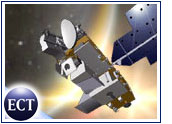
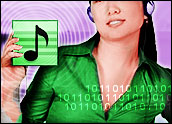
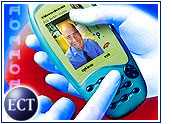

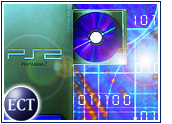
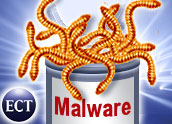




































I’m very interested in this device (it’s more of a nano-computer than a PDA). I think it’s great that every online news source is carrying this story, but a near verbatim reprint of the press release isn’t very useful.
1- What is the battery life under continuous use with the WiFi active?
2- Do the CF and SD cards protrude from the case? If so, how much?
3- I’ve seen pictures of the unit with a clear flip-up cover for the display. Is that included with the unit? What "comes in the box"?
4- Are there special requirement or restrictions on the CF/SD cards? Do 1GB SD cards work? What abouot SDIO? Does it support CF Microdrives? CF I/II? 10x speed cards OK?
5- What is the audio quality for playing MP3?
6- Is the video fast enough for movie playback? How long will the battery last doing this (can I play back an entire two hour movie on a charge)?
7- What services are included in the installed distribution? sshd? rsyncd? SSH and rsync clients?
8- Does the 802.11b support WEP-128?
9- Is an X-Server included, so I can run remote X applications (important in an enterprise environment)?
10- How long does the battery last? I’ve seen reports that Lithium-polymer batteries can only sustain about 200 charges. Does that mean that it will need a new battery every 6-9 months?